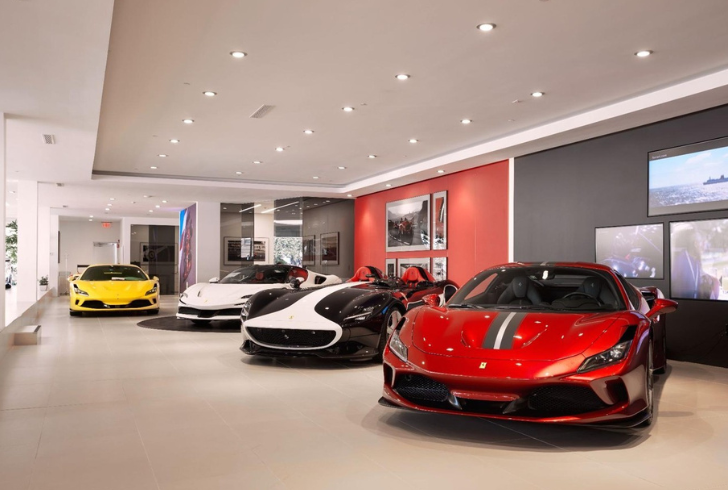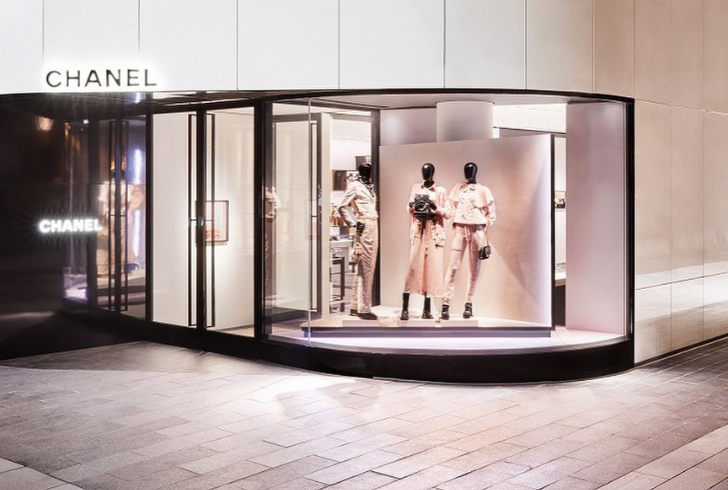The decision to maintain tariffs—even after a temporary pause—has stirred concerns across multiple industries. One sector that’s feeling the pressure is luxury goods. With ongoing trade tensions, especially between the U.S. and key global exporters, products that were once easily accessible may soon become harder to afford or justify, especially when it comes to imported high-end fashion, luxury cars, and watches.
Luxury Goods on the Front Line of Trade Tensions
While basic goods often take center stage in tariff discussions, luxury products aren’t immune. In fact, they’re particularly vulnerable due to their reliance on global branding, foreign craftsmanship, and premium materials that typically come from Europe.
If the current administration enforces more tariffs or reactivates paused ones, shoppers in the U.S. could start seeing noticeable price increases across a variety of upscale goods.
Key areas likely to feel the impact include:
– Designer clothing and accessories from Europe
– Luxury vehicles made by automakers like Ferrari and Rolls-Royce
– Swiss-made timepieces which dominate the global high-end watch market
Even though these items cater to higher-income buyers, those consumers are not immune to economic shifts or uncertainty. With a more cautious outlook, even luxury spending habits may slow down.

Fashion Faces Challenges on Multiple Fronts
European fashion houses have long counted on American buyers to support their global sales. A well-known business outlet recently reported that many major labels were expecting U.S. demand to counterbalance the slowing sales in China. That hope is starting to fade.
Luxury fashion brands are known for their ability to adjust prices to protect their profit margins. But even this strategy may not be enough. When shoppers are faced with economic uncertainty, the desire to buy a $10,000 handbag or gold bracelet can wane, especially when that purchase suddenly costs 10% more due to tariffs.
Understated fashion has also historically done better during slowdowns. When wealth is less openly displayed, minimalism tends to replace flashiness. That shift can make things tougher for designers under pressure to create bold new looks to boost sales.
High-End Cars Could Get Pricier
The impact of tariffs on the auto industry is already being felt, and luxury cars are among the most affected. Imports from Europe face stiff levies, and there’s no sign of relief anytime soon. High-end models from brands like Aston Martin or Bentley are likely to come with steeper price tags in the near future.
For many Americans, owning a European luxury car is part of a lifestyle choice. However, with price hikes on the horizon, those in the market for a new vehicle may start to weigh their options more carefully. For automakers, this introduces a challenge: either eat the cost of tariffs or pass them along to the consumer. Most are expected to choose the latter.
The Watch Market Might Not Tick the Same Way
Swiss watches hold a unique place in the luxury market. Precision, heritage, and design make them a favorite among collectors and fashion-forward consumers alike. However, the U.S. is also one of Switzerland’s largest buyers of timepieces. With Chinese demand slipping, American buyers have become even more essential to the industry’s success.
A leading finance publication noted that many watch brands are planning to raise prices to offset tariff-related costs. While high-end collectors might not mind the increase, brands targeting mid-range buyers could face bigger problems. A shift in pricing could push some buyers away entirely or steer them toward more affordable, non-European options.
Why Tariffs Could Hit the Global Market Harder Than Expected

The ripple effects of tariffs don’t stop at U.S. borders. If trade tensions escalate, they could lead to a broader economic slowdown. And a dip in consumer confidence globally would be bad news for the entire luxury industry.
If growth slows in the U.S., the situation in other countries may worsen too. For example, a recent article warned that Chinese shoppers, already cutting back, would likely continue to avoid luxury spending if global markets weaken further due to higher tariffs on their exports.
Manufacturing Isn’t Likely to Return Home Soon
Some have argued that tariffs will encourage companies to move manufacturing back to the U.S. However, a survey from a major financial outlet revealed a different story. Most companies indicated that high costs remain a major roadblock. Even if production shifts back to U.S. soil, 81% of companies said they would lean on automation rather than hire local workers.
That means American consumers may not see the job gains promised with these trade moves. Instead, they’ll likely experience higher prices with little change in where or how goods are made.
What to Expect Going Forward
The outcome of these tariffs goes far beyond just numbers on a customs declaration. Luxury brands, buyers, and even investors are all paying close attention. While some labels may have enough influence to protect their margins, others may face hard choices.
If current trends continue, here’s what’s likely:
– Higher price tags on imported fashion, jewelry, cars, and watches
– Slower growth in the global luxury market
– More cautious spending from consumers, even at the top income levels
The situation remains fluid, but one thing is clear: the luxury goods market is adjusting. Whether it’s fashion trends shifting toward subtlety, car prices climbing, or watches becoming less accessible, the ripple effects of tariff policies are making their presence known—and they could be around for a while.





